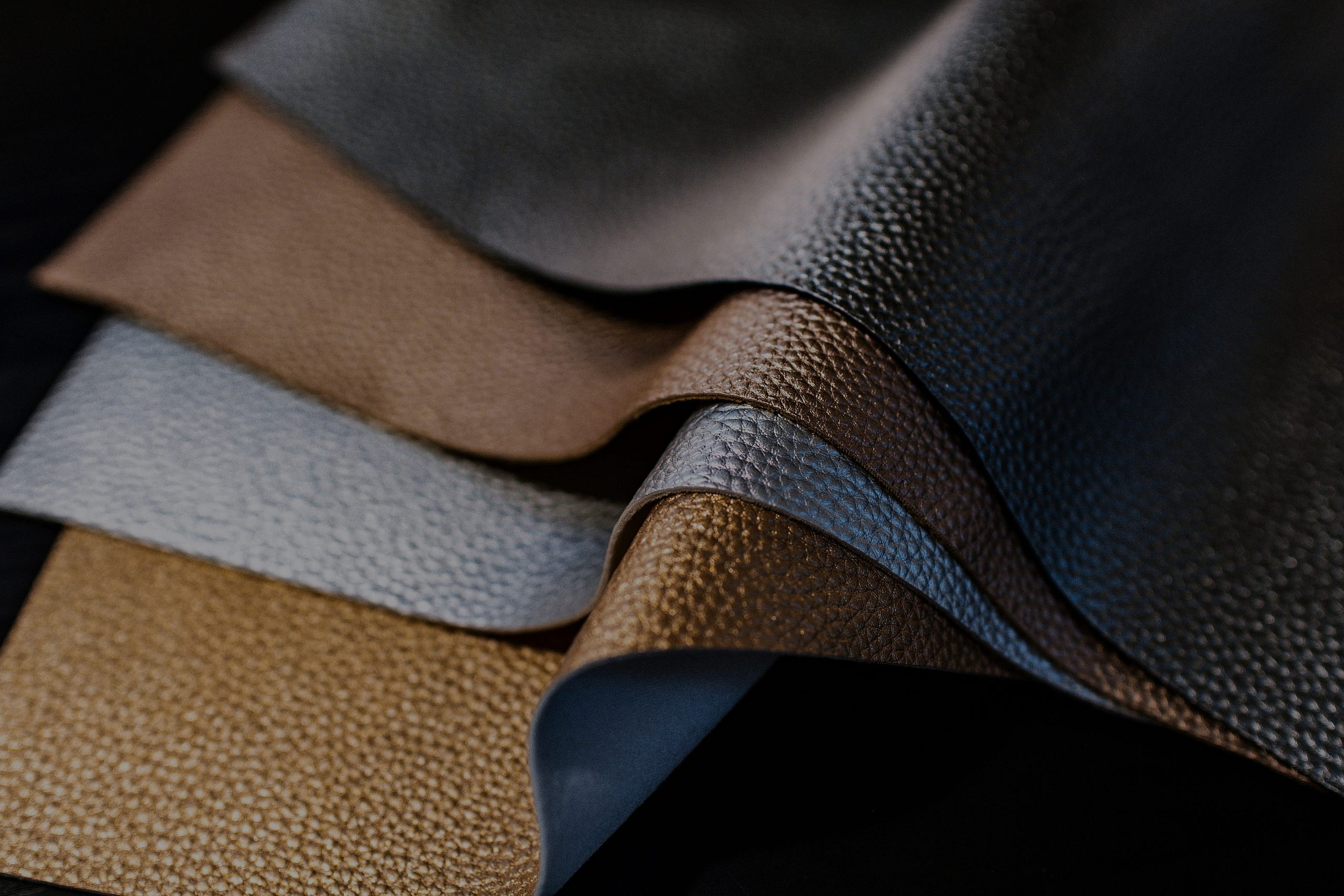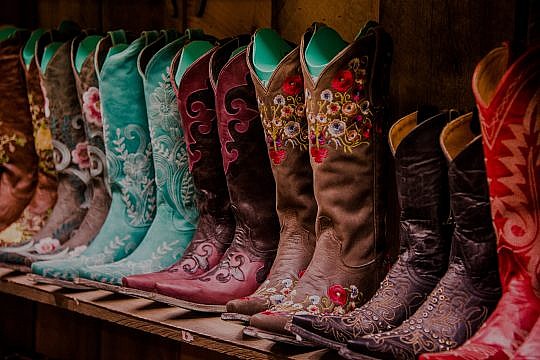It’s not just the manufacturing of products that has an impact on the environment. The materials that are used to create them, the waste, and what happens to them when people stop using them must also be considered.
More and more people are considering sustainability when they buy things. They want to know precisely how their purchasing decisions will affect the environment and how well people are treated. If brands can’t be open about the whole of their supply chains, they risk losing sales.
In order to make this easier, the Leather and Hide Council of America (L&HCA), the organisation behind RLSD, is working to set a standard for leather Lifecycle Assessments (LCAs).
One of the best things about leather is that it is a by-product. Creating a durable, beautiful material not only prevents the waste of cowhides, it also means there is less demand for the oil-derived plastics that are often used in its place. But in order to meet the concerns of consumers, it is important they can see its impacts from cradle to grave.
Leather Council of America Assess Impact
These impacts include emissions from the cattle the hides came from. While leather is a by-product, traditionally a small portion of the impact of the animal agriculture can be attributed to hide. Other things to be taken into account include water use, biodiversity and leather’s physical and perceived durability and use.
Working with industry partners from ranchers and packers to tanners and manufacturers, L&HCA is enabling individual LCAs to be connected through the supply chain. This includes product manufacturing, leather manufacturing and animal agriculture. Each of these sectors has developed input/output matrices. The leather industry and agriculture supply chain has done a lot of work to use these matrices in lifecycle assessments to better understand its footprint.
This work will enable producers and manufacturers to review their supply chains and understand the net benefit and impact of the leather they produce or use. Consumers will be able to access the same information.
Consumer appetite for this information will be backed up by forthcoming laws that will require products to carry an LCA label. Brands will need to take their leather belt, wallet, bag or jacket and understand enough about where it is from to be able to assess its impact on water, energy, carbon and biodiversity. They will also need to be able to characterise and incorporate expected longevity into the LCA label, so cheap disposable products are not at an advantage when the impacts of materials are compared.
The transparency of LCAs can only be good for the consumer, the leather industry, and most importantly, the planet.









